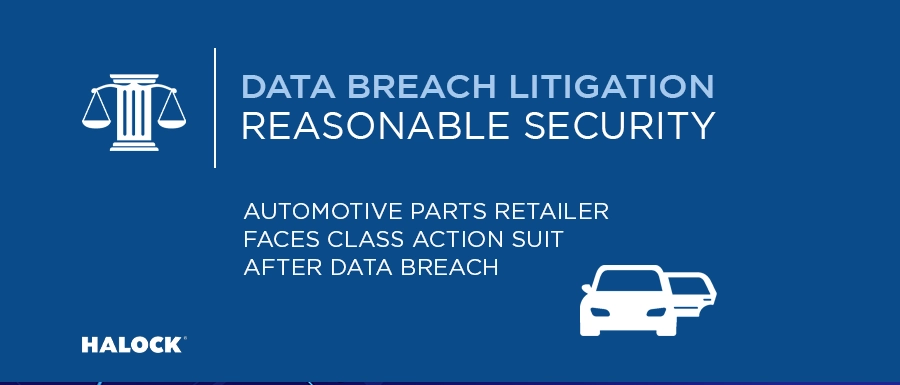Description
AutoZone, the leading U.S. retailer of aftermarket automotive parts with over 7,000 stores is currently embroiled in a class action lawsuit related to a data breach experienced earlier this year. Filed on November 24, the lawsuit accuses AutoZone of not adequately safeguarding its computer network and the sensitive data it holds. The breach, which occurred around August 15, compromised the personal identifiable information of approximately 185,000 customers. Information included names, addresses, birth dates, Social Security, and driver’s license numbers, among other financial details. This breach was linked to a widely known vulnerability in the MOVEit application, previously exploited in attacks impacting over 2,000 companies and affecting more than 62 million individuals.
Upon discovering an unauthorized party accessing its systems, AutoZone immediately shut down the MOVEit application, patched the vulnerability, and completely rebuilt the affected system as a precautionary measure. Following an investigation initiated on November 3 to ascertain the breach’s scope, AutoZone notified the impacted individuals on November 21, and reported the breach to the Maine Attorney General. The company has stated that, to their knowledge, the stolen data has not yet been used maliciously.
The lawsuit alleges that AutoZone’s breach notification to the victims was both delayed, inadequate, and lacked specific details about the nature of the cyberattack and the current location of the stolen data. The plaintiffs argue that AutoZone could have averted the breach by effectively securing and encrypting the servers where customer information was stored. They contend that their sensitive personal data was entrusted to AutoZone with the implicit understanding that the company would maintain its privacy and security. Additionally, the suit demands the court to mandate AutoZone to fully encrypt all customer personal data, establish robust data firewalls, create a comprehensive data security protocol, and initiate cybersecurity training for its employees.
Call to Action
The MOVEit vulnerability is a classic example of a Zero-Day exploit. Protecting against them is a real challenge. Effectively safeguarding against such exploits requires a comprehensive, multi-layered cybersecurity strategy.
Key recommended measures to mitigate the risk of such attacks include:
- While zero-day exploits are by definition unpatched, a security driven patch prioritization is critical to not only protect against known vulnerabilities but reduce the overall attack surface.
- Security researchers are often the first to identify zero-day vulnerabilities so having access to threat intelligence updates can keep you informed about zero-day vulnerabilities sooner.
- Best practice security calls for the proper segmentation of networks to contain potential breaches. If a zero-day vulnerability is exploited, network segmentation can prevent unauthorized users from accessing other parts of the network.
- Threat monitoring using behavioral analysis and heuristics can identify suspicious behavior such as excessive logon attempts or large data transfers taking place in real time.
Conducting a risk assessment is an effective method to uncover potential exploitable areas within your network. This process involves identifying, analyzing, and evaluating risks that could adversely affect your organization’s operations and compromise its assets. Additionally, it aids in assessing the likelihood and potential impact of threats exploiting vulnerabilities. For more detailed information and assistance with risk assessment services, consider reaching out to HALOCK Security Labs.

